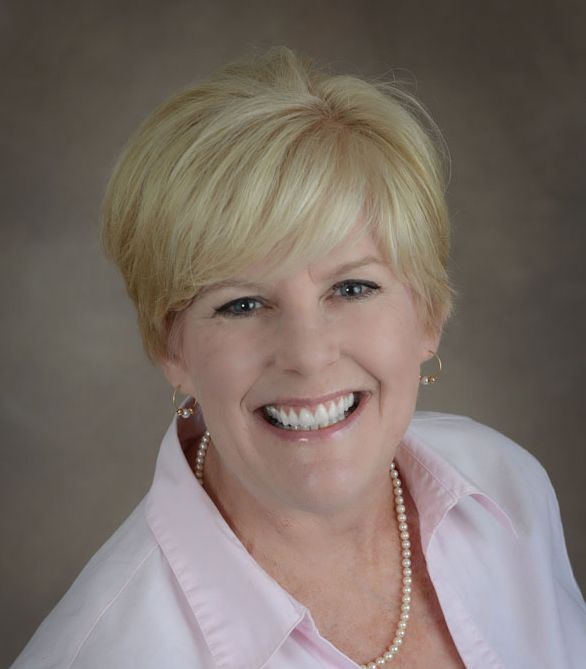The Six Steps New Hampshire Took to Get More People Screened for Colorectal Cancer
Posted on by
The best way to stop cancer deaths is for people not to get cancer in the first place.
This is possible with colorectal (colon) cancer. Screening at the right age can find this kind of cancer before it starts. It can be complicated, but there are steps you can take to make it easier. Even if you know where and when to get screened, some people still don’t go for many reasons:
- They can’t afford the test or the medicine used to prepare for it.
- They aren’t sure about how to prepare for the test or get it done.
- They don’t have transportation to a clinic.
- They don’t know how to get ready for screening.
- They don’t know what to do after screening.
Having a Guide Makes Getting Screened Easier
A CDC-funded program in New Hampshire created a way to overcome the problems patients had getting screened. The New Hampshire Colorectal Cancer Screening Program (NHCRCSP) hired trained nurses to call patients on the phone as often as needed to get through the whole screening process. These nurses are called patient navigators.
The navigators used six key steps to bring patients through screening and beyond. It could take more than six phone calls or fewer, whatever made the patient comfortable.
First – The navigator would talk to patients about all the steps, about the test itself, and then ask what might get in the way of the patient being screened.
Second – Patients learned the right way to prepare for the screening, including what to eat and drink beforehand. There would also be another talk about timing and how patients might get to the clinic.
Third – A review of how to prepare and another talk about when and how to get to the screening on time and ready.
Fourth – Before the test, the navigator would make sure patients knew how to prepare and talked about the day of the test.
Fifth – The navigator would see that the patient got to the clinic to have the test done.
Sixth – After the test results came back, the navigator would discuss the results, what might happen next, and also make sure the patient’s regular doctor knew about the test and the results.
A Personal Connection Leads to Amazing Results
NHCRCSP was started in 2009 to raise the numbers of people who got screened in the state. CDC also gave them money as part of its free screening program to offer no-cost colorectal cancer screening to people with little or no health insurance. The patient navigators were the key to reaching both of these goals.
In the end, over 6 years, only 2 out of 2,000 patients who worked with the navigators did not show up for their screening. Fewer than 20 out of the 2,000 did not do the preparation right and could not take the test the day the test was scheduled.
When NHCRCSP and CDC went back to look at screening for colorectal cancer in New Hampshire over the 6 years of the program, they found the navigated patients were 11 times more likely than patients who weren’t navigated to go through all of the steps of the screening test.
It’s More than Just Numbers—It’s Lives
Patients who talked with the navigators also gave the program high marks. Every navigated patient got a survey after screening (printed in more than 25 languages). Almost all responses were positive, although the screening test that NHCRCSP chose takes more time and is harder to prepare for than others they could have used.

Patient Navigation Isn’t Just for Colorectal Cancer Screening
After the success of their patient navigation program, NHCRCSP and CDC joined forces to create a guidebook showing others how to get similar results. Navigation can be used to guide patients through any medical procedure.
In New Hampshire, navigated patients had colonoscopies, where a tube is put into the colon. The tube has a camera that can find polyps, or growths that might become cancer. Almost all colorectal cancers start as polyps. NHCRCSP decided colonoscopy was best because polyps can be removed during the test, stopping cancer from happening later. With other tests, if the results were not normal, then patients would have to go back to the clinic again.
Making sure each patient’s regular doctor knew about the results and what the people at the clinic recommended that the patient do in the future was also important. Preventing colorectal cancer is a team effort and it doesn’t stop after just one screening.
No Exceptions
Most colorectal cancers can be prevented. Because colorectal cancer is more likely to occur the older a person gets, screening works best for people who are ages 50 to 75. Screening should occur multiple times over someone’s lifetime. There are many possible screening tests. Some people should be screened younger if they have certain medical conditions or if someone in the family has colorectal cancer. CDC’s colorectal cancer website can tell you about the tests and if you should talk to your doctor about screening. CDC’s Screen for Life campaign gives much more information about screening and prevention.
Posted on by

